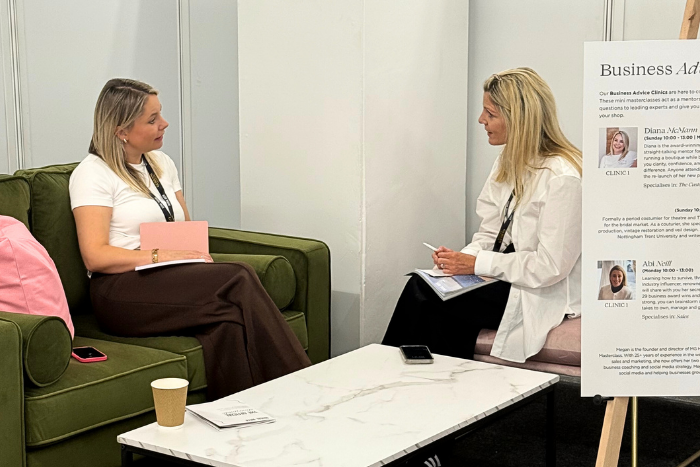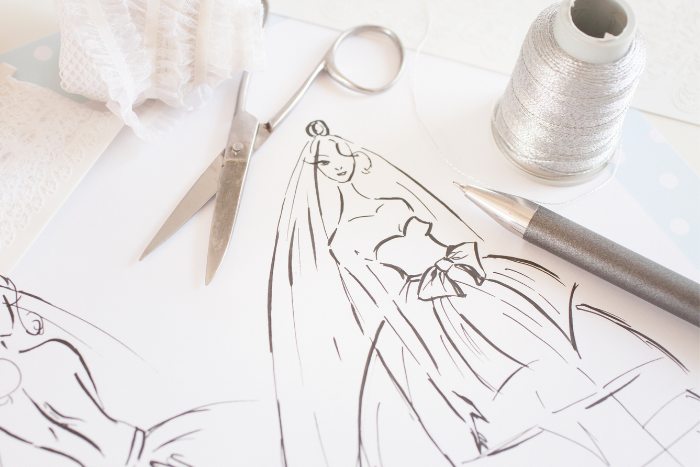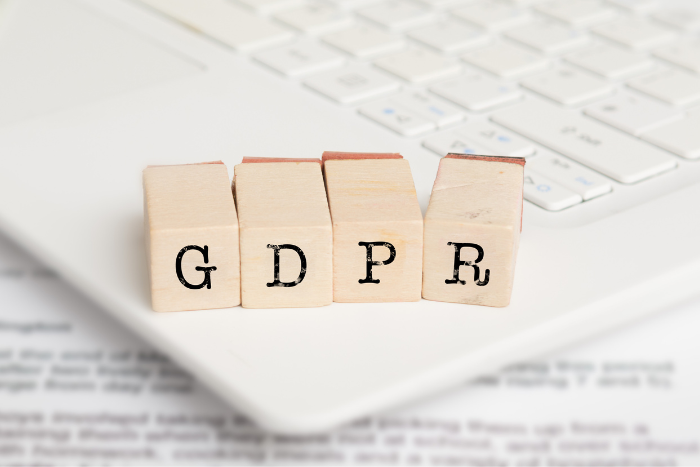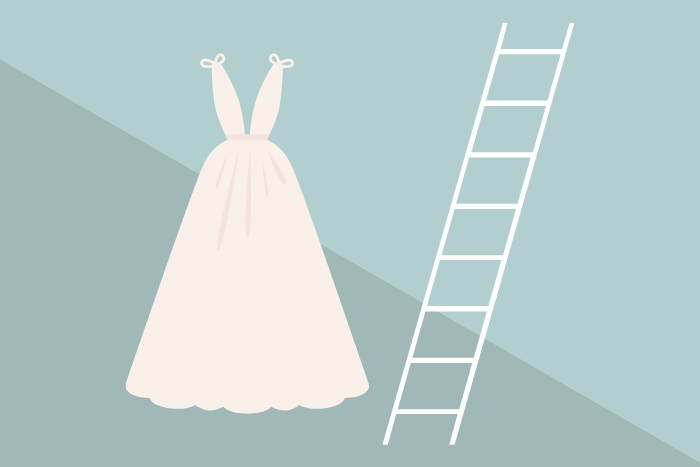Your Guide to End of Year Taxes
Forward tax planning might not be at the front of your mind right now but the end of the 2018/19 tax year, 5 April 2019, is less than a month away and there are steps you can take to lower your tax bill. Yen-pei Chen, corporate reporting and tax manager at the ACCA, an accounting body, offers advice.
Discover everything you need to know about updated business rates here.
Income Tax
Starting first with Income Tax, Chen says to watch out if you’re approaching a tax threshold or find yourself in a marginal relief band. She points out the thresholds for the 2018/2019 tax year that you need to be aware of. Breach any and you’ll pay more tax:
- Higher rate income tax band. Anything over £46,350 is taxed at 40%.
- High income child benefit charge threshold which means that child benefit begins to be clawed back once income exceeds £50,000.
- Personal allowance reduction threshold where the personal allowance of £11,850 is reduced by £1 for every £2 above £100,000.
- Additional rate income tax band where income above £150,001 is taxed at 45%
“In addition to these, beware the dividend allowance has been cut with effect from 1 April 2018.” says Chen. “That means if you receive dividends above £2,000 – for example, as the owner-manager of an incorporated company who extracts profits from the business in the form of dividends – your dividend income will be hit with a higher rate of tax. The effective rate for tax on dividends for higher-rate taxpayers went up to 32.5%, and for company owners, considering the effect on corporation tax, the effective tax rate is now 46%.”
Read more: How to choose an accountant
The other allowance concerns interest income and Chen outlines the change: “A tax free personal savings allowance has exempted up to £1,000 of savings income from tax since April 2016 – but note, if you are a higher-rate taxpayer, you will only be exempt up to £500.”
With this in mind there are five areas for savings to consider:
- Deferring your income to the following year if you expect a lower level of income;
- Making pension contributions for yourself and your family;
- Transferring shares or bonds to your spouse to make the most of the dividend nil band and savings allowance;
- Switching your investments into tax-efficient investment schemes; and
- Making donations to charity.
Handy Business Tax Reliefs
There are several ways to reduce a business owner’s tax bill while keeping essential cash in the business.
Read more: The best way to bring in more brides
Carry back trading losses
“If you’re self-employed,” says Chen, “any trading losses that you make in the year can either be set against your other income as a current year tax deduction or carried back against income in the previous tax year to reduce your previous year’s tax liability (and gain a cash tax refund). If you’re new to the world of self-employment, losses for the first four tax years of trading can generally be carried back for up to three tax years.”
Sole traders should note that the maximum amount of trade losses that they can carry back is £50,000, or 25% of the income for that year, if that is higher.
Chen notes that if you run the business through a company, trading losses can be set against your other current year income, carried forward, or carried back against trading profits for the preceding 12-month period.
Read more: 10 ways to promote your bridal business
Interestingly, recent Corporation Tax changes mean you will be able to offset trading losses against all types of past or future profits. However, the loss that you can offset in any given year will be restricted to 50% of the taxable profits for that year.
Optimising your capital losses
Chen looks next to any capital loss you make from selling business assets in 2018/19 as they will automatically be set against your taxable income for that year first. “After that,” she says, “you can ask for any remaining capital loss to be carried back to the previous year or do nothing and let the loss be carried forward indefinitely against future years.”
The advice here from Chen is that if you have made a capital loss you may want to think about using part of it in another year to ensure that the loss is relieved at a higher rate of tax. This is all about setting the loss off against income at the most effective tax rate – you may pay tax at the basic rate of 20% this year but have paid tax at the higher rate of 40% in 2017/18 or expect to do so in 2019/20.
Companies are not allowed to carry back capital losses, however.
Read more: How to deal with difficult customers
Tax reliefs on gains from asset disposals
If you’ve been lucky enough to make a profit on selling an asset (such as the freehold of your premises if you don’t work from home), and that asset was used for business, you may be able to delay paying tax on any capital gain using the Business Asset Rollover Relief. This relief applies if you buy new qualifying business assets within three years after selling the old business asset or up to one year before selling the old business asset.
Chen points out to sole traders that everyone has a £11,700 tax-free exemption for capital gains in 2018/19: “This exemption can’t be carried forward to future years, so if you have made any gains in the year, make sure you use it before you lose it. You may wish to transfer assets to a spouse or civil partner to make sure that you both fully use your tax-free exemptions.”
Read more: How to boost sales in your bridal business
Tax-Efficient Pensions
Tax-free pension contributions
Making pension contributions is a tax-efficient way to put money aside. Not only do you get tax relief on your pension contributions, recent changes have also made pension schemes more flexible, allowing you to draw down the pension pot before retirement.
When you pay into a pension, you receive tax relief on your pension contributions. The tax relief is at the highest rate of income tax that you pay but there are limits to what can be paid in.
As a business
If you own your business, making pension contributions to yourself is a great way to extract value from it.
On top of the personal income tax relief, pension contributions give corporation tax deductions to the company. Further, because pension contributions are a non-taxable benefit, both the company and the employee can save on national insurance contributions. If you’re an employer and company owner, it’s well worth thinking about exchanging some of your and your employees’ salaries and taxable benefits for larger pension contributions.
Read more: How to make first impressions count in sales
Getting more out of your investments
Lastly, with interest in high-street banks still low, one recommendation Chen makes is to load up ISAs to benefit from tax-free income and capital gains. She notes: “Adult UK residents can put up to £20,000 each into savings, investments or a combination of both. In addition, parents can pay up to £4,260 per child into a junior ISA. First-time buyers can now save up to £200 per month over four years in the new Help-to-Buy ISA and get a 25% tax-free bonus capped at £3,000 for £12,000.
There is also a Lifetime ISA, which allows savers to put in up to £4,000 per year (counted as part of the annual £20,000 ISA limit) until they’re 50. This can then be used to buy a first home.” Note, if you have both a Lifetime ISA and a Help-to-Buy ISA, you can only use the government bonus from one of them to buy your first home.
Summary
The advice is clear. Plan ahead, take good advice from your advisers and take a measured approached to tax planning. Leaving your tax planning to the last minute could prove a costly mistake.
Running a boutique isn’t without its fair share of problems - we asked the experts how to handle common problems in your bridal boutique.











